 This post focuses on insect farming for human consumption. With a research-for-development perspective, author Wendy Lu McGill examines the political, cultural, and regulatory aspects of how insect farming could work in places where insect eating is most common. This piece also compares these developments with how insect farming operates in the Global North as a novel food production practice. This is the first in a series of blogs on insects that Wendy will be writing for the FCRN. A second blog-post discusses the use of insects as feed for animals.
This post focuses on insect farming for human consumption. With a research-for-development perspective, author Wendy Lu McGill examines the political, cultural, and regulatory aspects of how insect farming could work in places where insect eating is most common. This piece also compares these developments with how insect farming operates in the Global North as a novel food production practice. This is the first in a series of blogs on insects that Wendy will be writing for the FCRN. A second blog-post discusses the use of insects as feed for animals.
This week we are pleased to publish the first blog-post from Wendy Lu McGill, a PhD researcher at the Plant and Agribiosciences Research Centre (PABC) working with Prof. Charles Spillane and Dr. Peter McKeown at the National University of Ireland Galway.
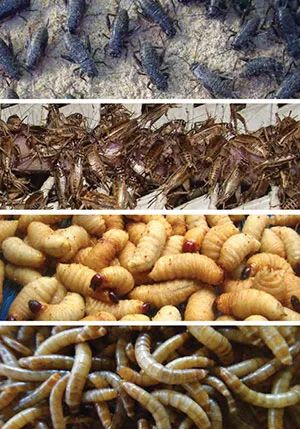
Part 1. Micro livestock farming – climate smart agriculture to boost food and nutrition security
Insects for food and feed is rapidly increasing in prominence within agriculture for development, as well as a somewhat niche and novel food in Europe and North America. The Food and Agriculture Organization of the UN (FAO) 2013 report, “Edible insects - Future prospects for food and feed security” generated a great deal of attention within researchers and the media, helping to increase focus on the topic.
Around the world, approximately 2 billion people regularly eat insects, mostly in the Global South. Looking at recorded numbers of species by continent, Latin America has the highest number of species consumed, followed by Asia and then sub-Saharan Africa. Nearly all of the 2 billion people who regularly eat insects live in these regions, and over 90% of the insects they eat are collected from the wild.
Approximately 2000 recorded edible insect species have been identified by researchers at Wageningen University in the Netherlands, with more added as research expands on the topic.
 Edible insects are a generally nutritious food, having similar amounts of protein to traditional livestock and high levels of micronutrients. While specific nutrition profiles vary by species, insects can also be good sources of essential fatty acids. Some people with allergies to shellfish, which are in the same phylum, arthropod, as insects, experience similar symptoms when eating insects, but little is yet known about the specific causes.
Edible insects are a generally nutritious food, having similar amounts of protein to traditional livestock and high levels of micronutrients. While specific nutrition profiles vary by species, insects can also be good sources of essential fatty acids. Some people with allergies to shellfish, which are in the same phylum, arthropod, as insects, experience similar symptoms when eating insects, but little is yet known about the specific causes.
In countries in the Global North, eating insects is still a niche practice. Despite approximately 50 small and medium companies producing insect-based consumer products, and a spate of news media coverage, the number of people eating insects, either whole or in products with powders, remains very low. Availability of insect-based food products in retail stores or the number of restaurants serving insects also remains relatively low in North America and Europe, although it is slowly increasing.
There is also an increasing focus on how oils derived from edible insect species could be used, as well as uses for chitin (carbohydrates found in exoskeletons of insect species).
What about insect farming?
As noted, most of the people who eat insects harvest them from the wild. The majority of the world’s insect farms for human food (and animal feed, a topic to be covered in a future blog post) operate in North America or Europe – regions where insect consumption is still uncommon and a novelty.
A notable exception is Thailand, where the FAO estimates that there are 20,000 small to medium scale cricket farmers, with 150 households farming palm weevil larvae. China is also known to have edible insect farms for food and medicinal uses, although there are no estimates of the number of such farms.
How does insect farming compare on an environmental basis with traditional livestock operations?
While livestock production, particularly cattle, produces a disproportionate amount of the total greenhouse gas (GHG) emissions arising from the agricultural sector (approximately 14% of global emissions), most edible insects themselves emit almost no GHGs.
Generally speaking, edible insects have efficient feed-to-meat conversion ratios, even more so than poultry. What is more, many edible insects species thrive on food waste as a feed source. Water use in insect farming is minimal, both because of low water requirements in feed production, and because many insect species require little or no drinking water outside of the moisture found in their feed.
 Additionally, as shown by the Thai cricket farmers example, raising edible insects species can be a good option for women, who often have multiple demands on their time, as insect rearing is not very time consuming – requiring as little as two hours each day, and in the case of house crickets, can be harvested in less than two months.
Additionally, as shown by the Thai cricket farmers example, raising edible insects species can be a good option for women, who often have multiple demands on their time, as insect rearing is not very time consuming – requiring as little as two hours each day, and in the case of house crickets, can be harvested in less than two months.
Raising insects in the household (and/or at the small to medium enterprise level) is a time efficient and low-technology practice to produce a highly nutritious food that is already eaten locally. Edible insects already have high market values, similar to or even higher at times than traditional livestock in the low income countries, so it is a commodity with an existing market.
Despite the promise shown by research and the Thai cricket farmers in particular, few insect farming projects or businesses exist in places where eating insects is a common practice.
Why could farming or semi-cultivating insects be superior to wild-harvesting local species?
A main advantage of insect farming over wild harvesting is that insects can be available year round, potentially having a greater impact on food and nutrition security. In most countries where eating insects is common, there is an existing informal network to collect, prepare and distribute the insects and thus the potential for insect farmers to build a business raising insects. Additionally, wild-harvested insects have an increased risk of parasites and fungi, as well as potentially dangerous levels of chemical and heavy metal contamination, particularly in areas with high levels of pesticide use – farming could help avoid these risks.
Given the large quantity of indigenous knowledge about local insects species, a clear opportunity for South-North knowledge exchange exists to answer the many research questions about insect farming.
Where now for insect farming?
There is a wide range of knowledge needed to better understand insect farming and its potential impact on nutrition, food security and as a practice suitable within a climate change challenged world. Some knowledge gaps that we need to further explore include some I will be investigating in my research:
- How might consumers in developed countries accept farmed insects over wild-harvested? Similar to how farmed salmon has been considered at times to be inferior to wild-caught, will people believe farmed insects are as nutritious and safely produced?
- What regulatory environment exists, if any, for insect farming and what will be needed to support it?
- How can insect farming experiences in high income countries help inform or be transferred to support would-be insect farmers in low income countries?
- How might changes in the regulatory environment (including recent developments in the European Union) affect future regulations in places with a tradition of eating insects purchased from a largely informal economy?
You can get in touch with Wendy via her email: W.MCGILL1@nuigalway.ie
We welcome your comments on this post. You can submit a comment below by logging in as a member. Do not hesitate to get in touch if you have forgotten your login details. We encourage you to register as a member (for free) to make use of the other networking opportunities on the website.
Information resources:
FAO Insects for Food and Feed http://www.fao.org/forestry/edibleinsects/en/
Journal of Insects for Food and Feed http://www.wageningenacademic.com/loi/jiff
International Platform of Insects for Food and Feed www.ipiff.org
*Image credit: FAO report, Six-legged livestock, 2013
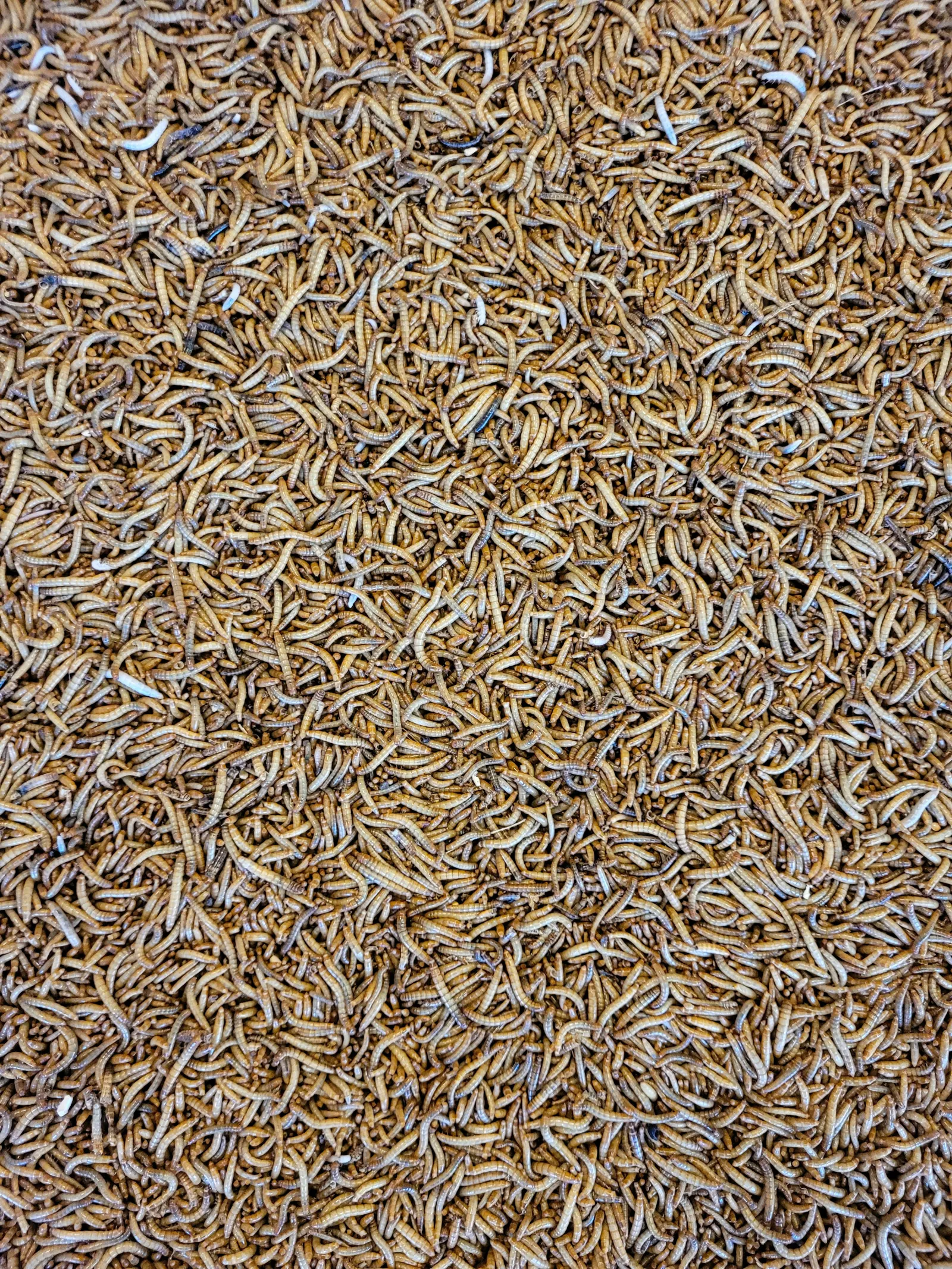
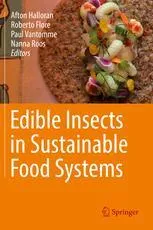
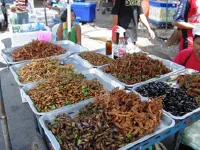
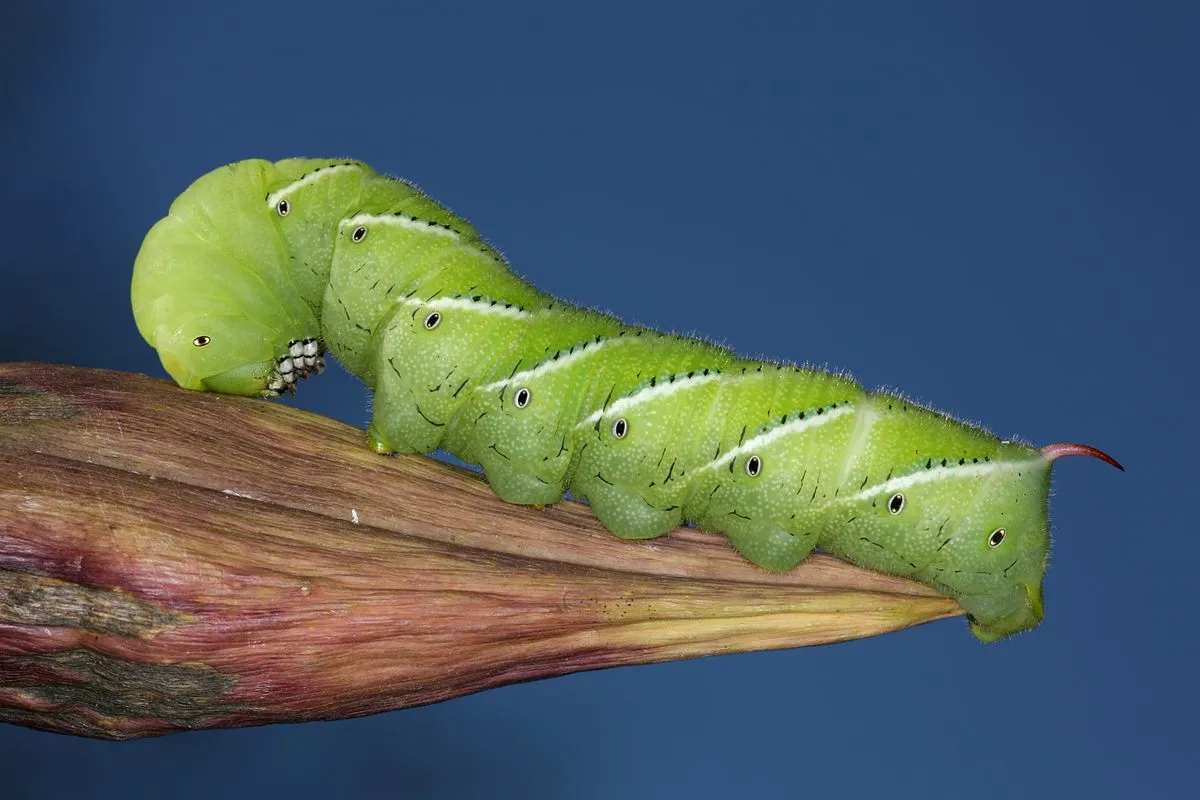
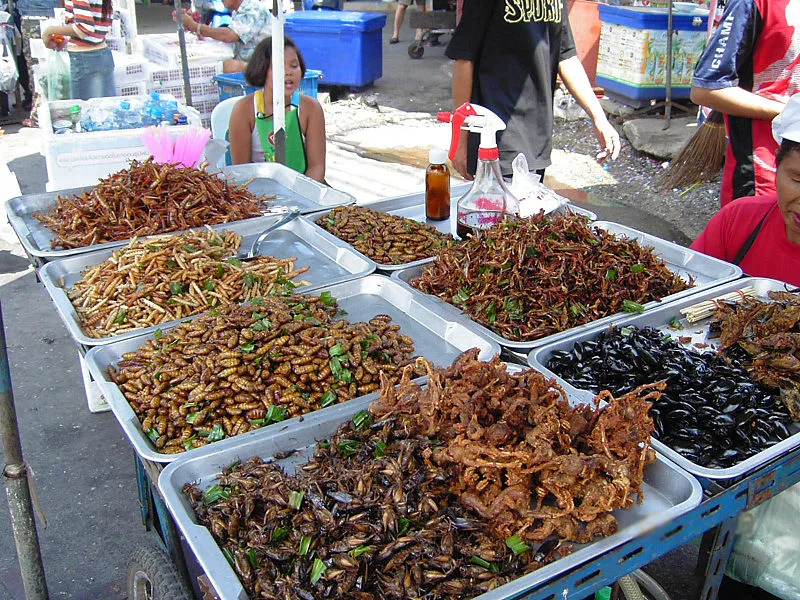



Comments (0)